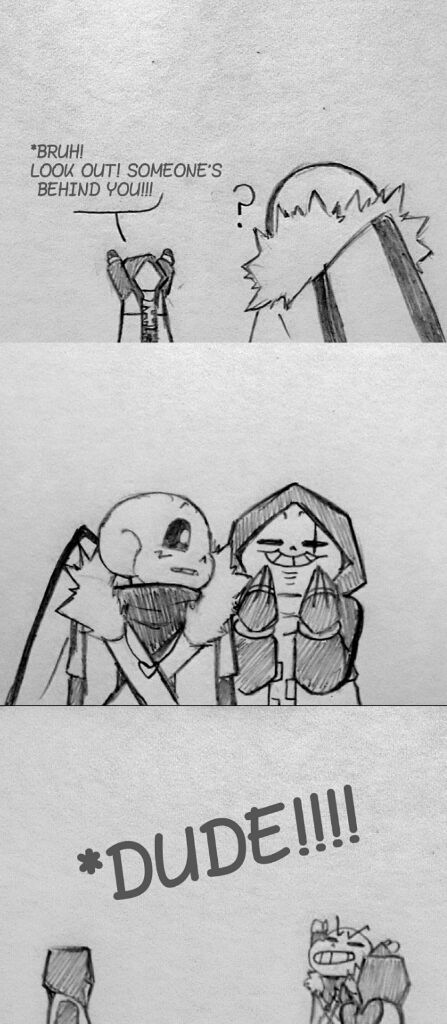

-data-num: the number of images used for each inference (additional images + input query image).The following parameters are required to set model configuration and training data information. Each JSON file should include a key named either illuminant_color_raw or gt_ill that has the ground-truth illuminant color of the corresponding image. In src/ops.py, the function add_camera_name(dataset_dir) can be used to rename image filenames and corresponding ground-truth JSON files. | image1_sensorname_camera2_metadata.json | image2_sensorname_camera1_metadata.json local a = Vector3.| image1_sensorname_camera1_metadata.json Returns a Vector3 where each component is the lowest among the respective components of the provided Vector3s. Returns a Vector3 where each component is the highest among the respective components of the provided Vector3s. Note: the alpha value is not limited to the range. Returns a Vector3 linearly interpolated between this Vector3 and the given goal Vector3 by the fraction alpha. Vector3 Vector3:Lerp ( Vector3 goal, number alpha ) Returns true if the other Vector3 falls within the epsilon radius of this Vector3. Returns a scalar dot product of the two vectors.īool Vector3:FuzzyEq ( Vector3 other, number epsilon = 0.00001 aka 1e-5 ) Returns the cross product of the two vectors. print(Vector3.zAxis) -> 0, 0, 1Ī normalized copy of the vector - one which has the same direction as the original but a magnitude of 1.įunctions Vector3 Vector3:Cross ( Vector3 other )

This API member is a constant, and must be accessed through the Vector3 global as opposed to an individual Vector3 object. print(Vector3.yAxis) -> 0, 1, 0Ī Vector3 with a value of 1 on the Z axis. print(Vector3.xAxis) -> 1, 0, 0Ī Vector3 with a value of 1 on the Y axis. print(Vector3.one) -> 1, 1, 1Ī Vector3 with a value of 1 on the X axis. print(Vector3.zero) -> 0, 0, 0Ī Vector3 with a value of 1 on every axis.

It also features functions for commonly used vector operations, such as cross and dot products. These operations can be applied on the left or right hand side to either another Vector3 or a number. Vector3 supports basic component-based arithmetic operators: sum, difference, product, and quotient. Vector3 describes a vector in 3D space, typically usually used as a point in 3D space or the dimensions of a rectangular prism.


 0 kommentar(er)
0 kommentar(er)
